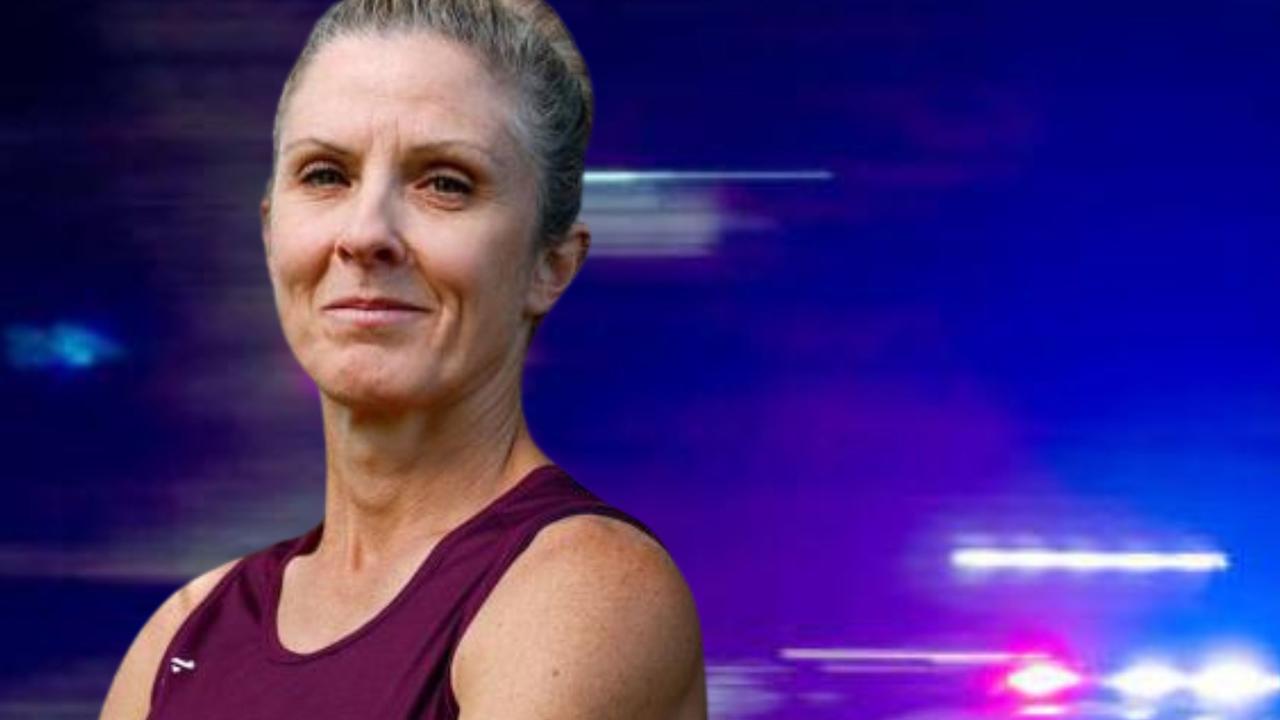CSI, NCIS: Truth behind crime TV’s hits and myths
TV viewers can't get enough of the clever crime-solving methods employed by fictional forensic experts, but what's the reality for those chasing the clues in real life?
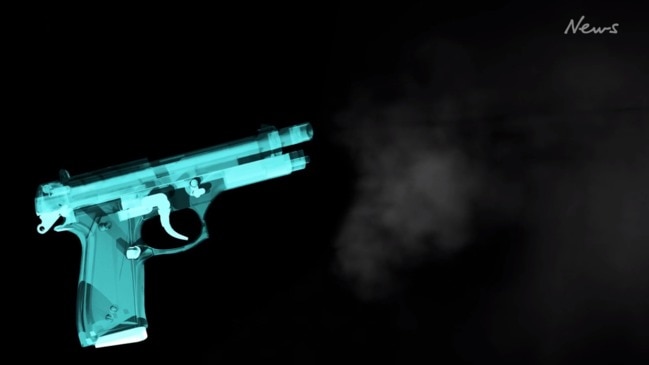
NSW
Don't miss out on the headlines from NSW. Followed categories will be added to My News.
IF ONLY it really was that easy.
The voyeuristic love of violent crime and the ensuing investigation that has fuelled decades of fictional police and forensic TV shows has unwittingly reshaped the way we view real life whodunits.
Long-running hit shows such as CSI, NCIS and Law And Order: SVU wrap crime, investigation and punishment up in a neat 45-minute package.
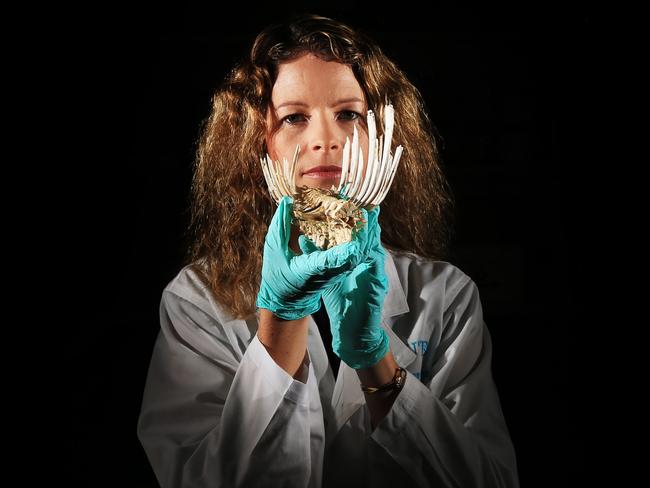
It’s compelling viewing, but watching Agent Leroy Jethro Gibbs and crime lab guru Abby Sciuto on NCIS and Olivia Benson and her team on SVU make such fast work of horrific crimes, is a long way from the hard slog required in real life, as Sydney forensic scientist Shari Forbes can attest.
Forbes runs the country’s only ‘body farm’, a purpose built facility on the outskirts of Sydney where donated dead bodies are placed in the elements and studied to help scientists better estimate the time of death of humans.
Forbes, who specialises in the odours associated with decomposition to help train cadaver dogs, says there is very little that is realistic when it comes to TV crime shows so we asked her to bust five key myths:
TIME OF DEATH
Forensic investigators on the small screen narrow down time of death almost to the minute.
“That is actually impossible. We don’t have a method that could get to that kind of accuracy — we don’t even have a method that can get to hours of accuracy,” Forbes says. “The forensic pathologists are your best people for estimating time since death in the early post mortem period and they’ll always give a range of what that time frame might have been — plus or minus four or six or eight hours.”
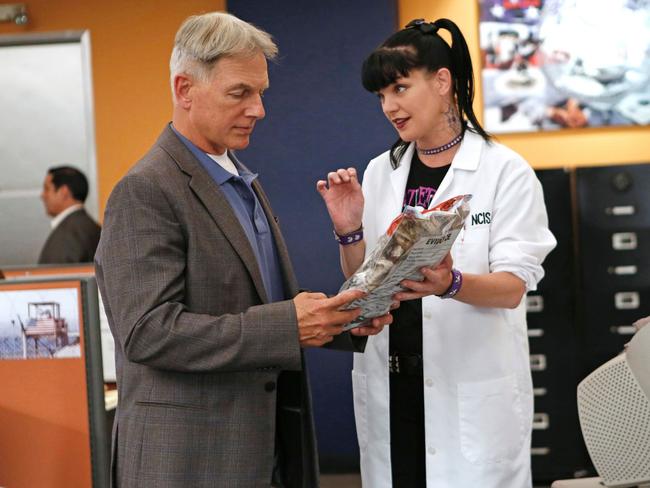
DNA ANALYSIS
DNA is the buzzword bandied about in pretty much every episode of every crime series on television. It’s got to a point that it has spawned what police and prosecutors call the “CSI Effect”, where juries are expecting the same level and type of evidence they see on TV.
“It is the jury’s assumption we should always have DNA, that every case should involve DNA, and that’s not the case. There are plenty of reasons why we don’t need to collect DNA,” Forbes says. “There’s also the assumption that if we don’t have DNA then clearly it wasn’t the suspect or offender and that’s not the case either.”
While shows such as CSI, NCIS and Law And Order have created an awareness of the work forensic scientists do in the process of solving a crime, they have also helped create a huge community of amateur sleuths.
“For us it’s about educating them and explaining why we didn’t have to collect DNA in this case or the lack of DNA evidence doesn’t suggest that the offender was not at that crime scene,” Forbes says.
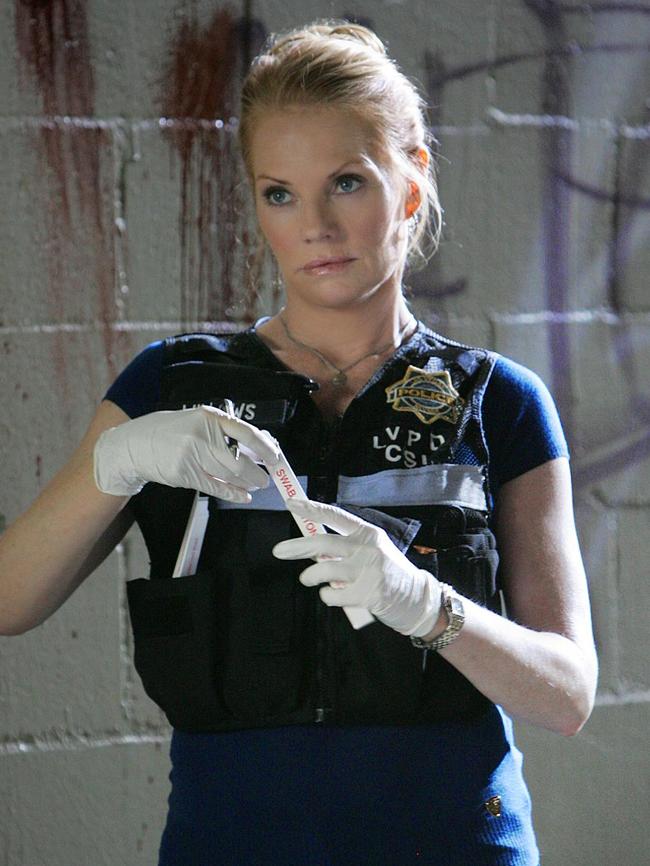

FINGERPRINTS
They’ve tripped up millions of suspects — both fictional and real — but fingerprint analysis isn’t as simple as some might think. In condensing detailed investigation into 45 minutes of television investigators often have access to technology that is, quite simply, rubbish.
A fingerprint will in many cases return a number of suspects — that is if their records are stored in the law enforcement databases in the first place. It then comes down to painstaking analysis of specially trained scientists.
“It’s not an automated process. Certainly the searching part will be automated and it will provide several options, but the examiner still has to sit down and go through those,” Forbes says.
“Some processes like DNA are wholly automated, but most of what we do is still probably not as technological as you’d think because it still involves examiners and microscopes.”
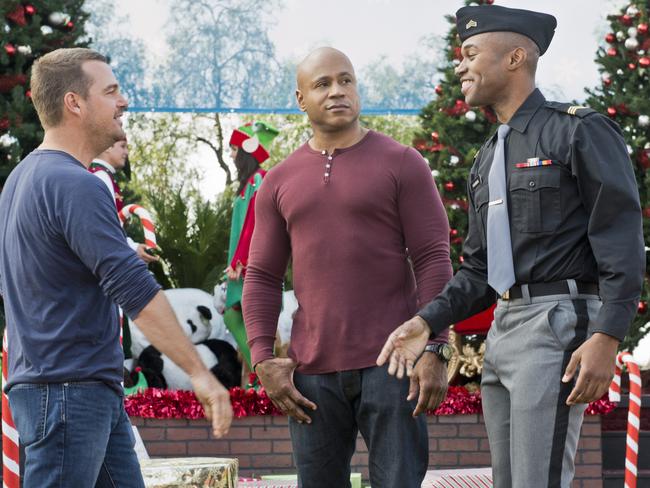
CRIME SCENE INVESTIGATORS
On TV these guys are often smartly dressed in civilian clothes and stay with the evidence they collect right through to the conclusion — about 30 minutes later. On CSI, they often carry weapons and question suspects. In reality this just doesn’t happen.
“Certainly here in Australia, but probably globally, the people who collect the evidence are not the same people who analyse the evidence and that’s what’s different in the shows,” Forbes says. “We (NSW) have Scene of Crime Officers and they work for the police and their one job — 100 per cent of their job — is to go out and collect evidence and send it to the laboratory. Vice versa we have forensic scientists and 100 per cent of their job is to stay in a lab and analyse the evidence that comes in. They overlap on the same investigation but they’re not doing each others’ job — they’re very distinct jobs that they’re working on.”
And the fashion?
“We are the least fashionable people you will ever meet,” Forbes laughs.
INSIDE THE LAB
Scientists and technicians in forensic labs are a vital part of the process of solving crime and convicting offenders, but often don’t know what crime they are working on when evidence is presented to them.
Unlike NCIS’s crime lab extraordinaire Abby Sciuto, it’s a simple process of analysing evidence as it arrives and providing that to investigators.
Keeping such a distance can be a good thing, Forbes says.
“Often they’re just given a sample and if it’s a DNA sample they’ll just be asked to profile it. They’re not always provided with that information (what case it is) and sometimes that’s a good thing because they remain very unbiased with is exactly what we have to do in our job,” she says.
- This story was first published in September 2017.
Originally published as CSI, NCIS: Truth behind crime TV’s hits and myths


